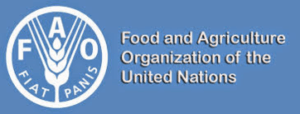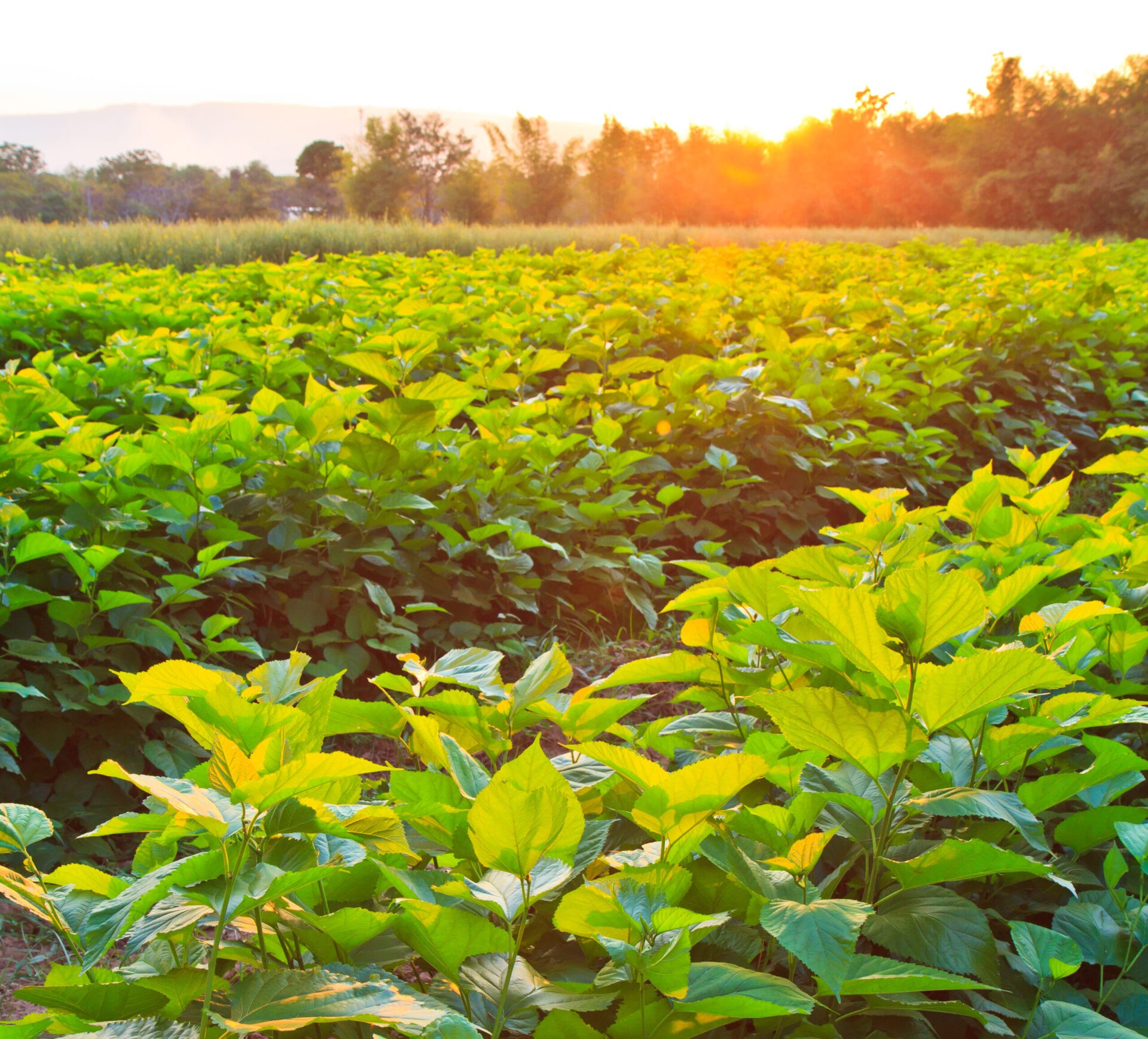T.SILK COLLECTION presents the revolutionary soft and innovative silk scrunchies and hair elastics. Mulberry silk scrunchies developed from the research and experience of Cosetex...
FAO considers the cultivation of mulberry as a virtuous example
Rome 3 April 2018 – 2nd FAO International Agroecology Symposium –
Agriculture, ecology, nature and biodiversity. The agricultural system at the basis of Silk production is taken as a first real, significant example of Agroecology* in the FAO 2030 Agenda.
 The director general of FAO, José Graziano da Silva, addressing an audience of over 700 people including politicians, agroecology experts, scholars and representatives from governments, civil society, the private sector and UN agencies, introduced the three-day event with the following words: “We need to promote a transformative change in the way that we produce and consume food. We need to put forward sustainable systems and eco-systemic services that are resistant to climate change. Agroecology can offer several contributions to this transformation process…”.
The director general of FAO, José Graziano da Silva, addressing an audience of over 700 people including politicians, agroecology experts, scholars and representatives from governments, civil society, the private sector and UN agencies, introduced the three-day event with the following words: “We need to promote a transformative change in the way that we produce and consume food. We need to put forward sustainable systems and eco-systemic services that are resistant to climate change. Agroecology can offer several contributions to this transformation process…”.
The first topic submitted to the attention of the entire public, as a virtuous example of the application of agroecology requirements, was an economy linked to the cultivation of mulberry:
- Mulberry leaves are used to feed silkworms;
- The organic waste and residues of initial silkworm processing, which are rich in natural proteins, are used as feed and forage in aquaculture fish farms;
- The organic material in the ponds is then used as a fertiliser for cultivating the mulberry trees.
- Mulberry cultivation is an interesting alternative to non-optimal crops from the point of view of the natural resources used and the ecological and social impacts.
According to FAO, this vision represents the future of industrial agri-food activities regarded as activities that are able to safeguard natural resources and biodiversity and to promote the mitigation of climate change, while improving the responsiveness of small family-based farmers.
*Agroecology
The term agroecology was created over 80 years ago. It refers to the analytical, comparative or experimental study of biological, ecological and social processes that influence agro-cultural systems (Altieri, 1991).
In our day and age, we speak of a scientific discipline, an agricultural practice, a social movement. An alternative agricultural development paradigm that promotes an agriculture that is more solid in ecological terms, bio-diversified, resilient, sustainable and socially just. A dialogue between traditional agricultural knowledge and modern agricultural science that uses environmentally friendly concepts and principles to design and manage sustainable agroecosystems in which external inputs are replaced by natural processes.




